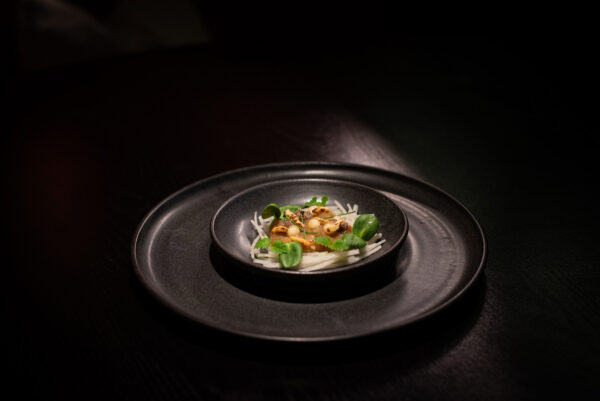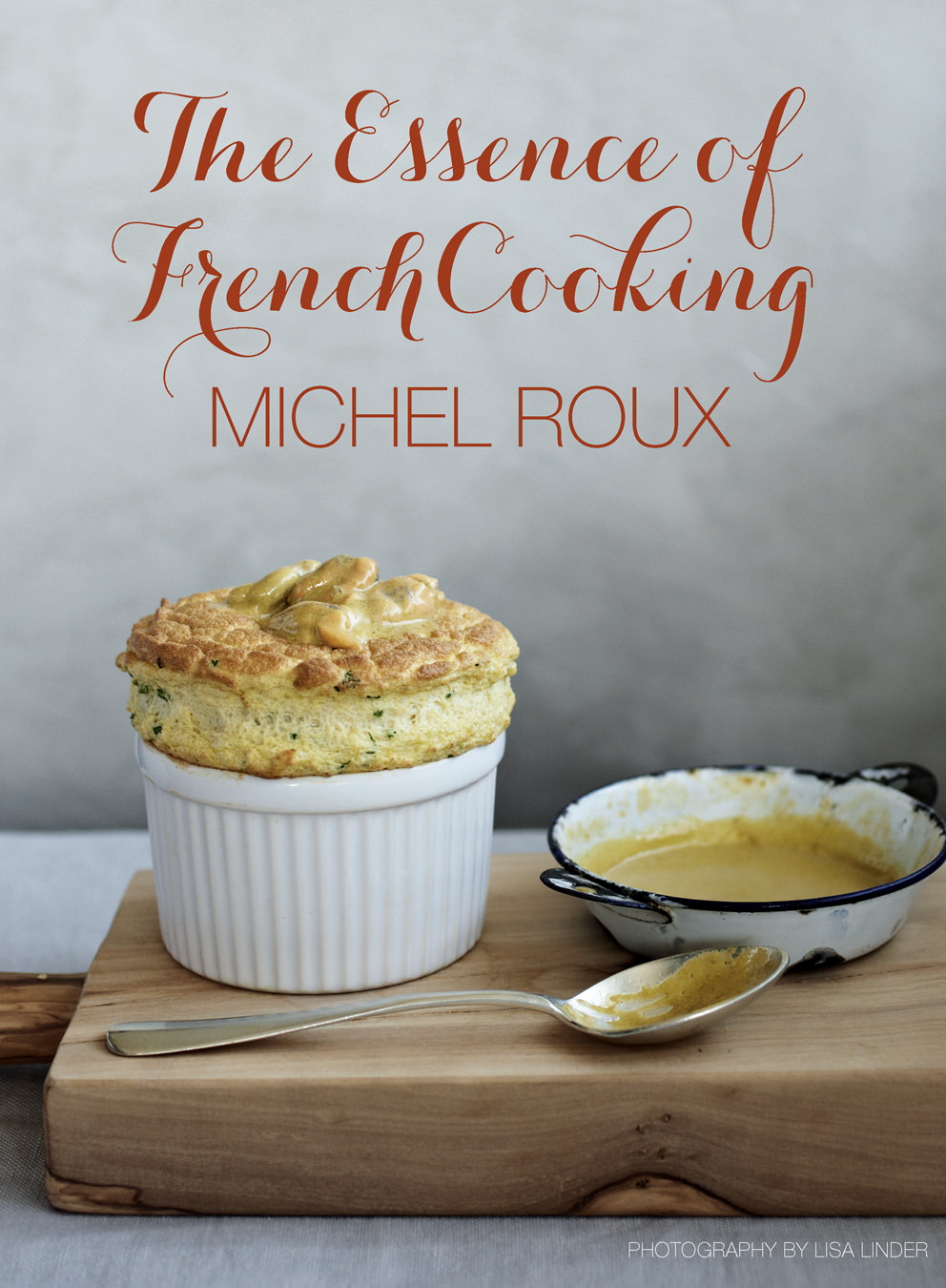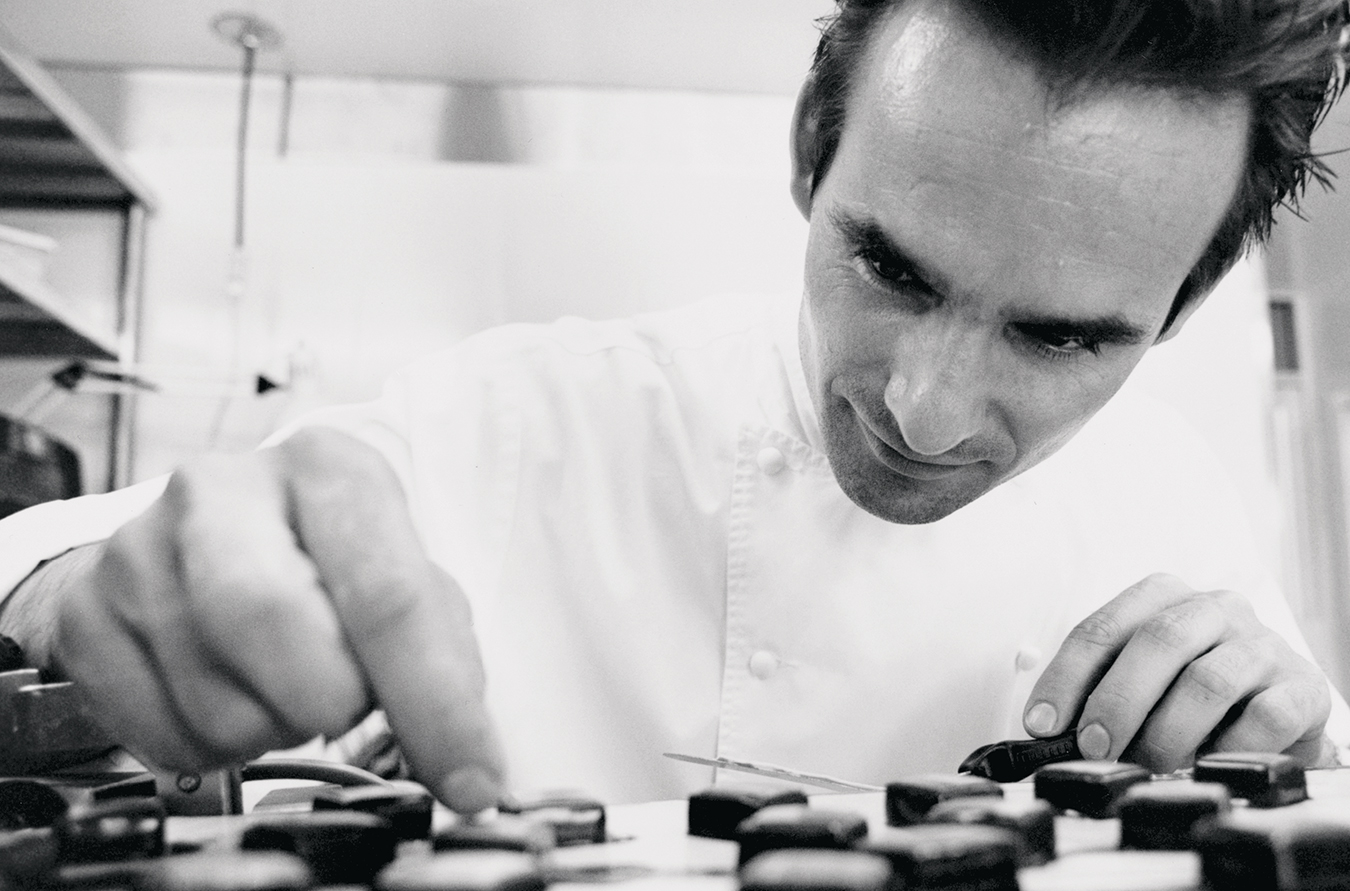The Wild Side of Fine Dining in Quebec City
Boreal cuisine blooms and booms.
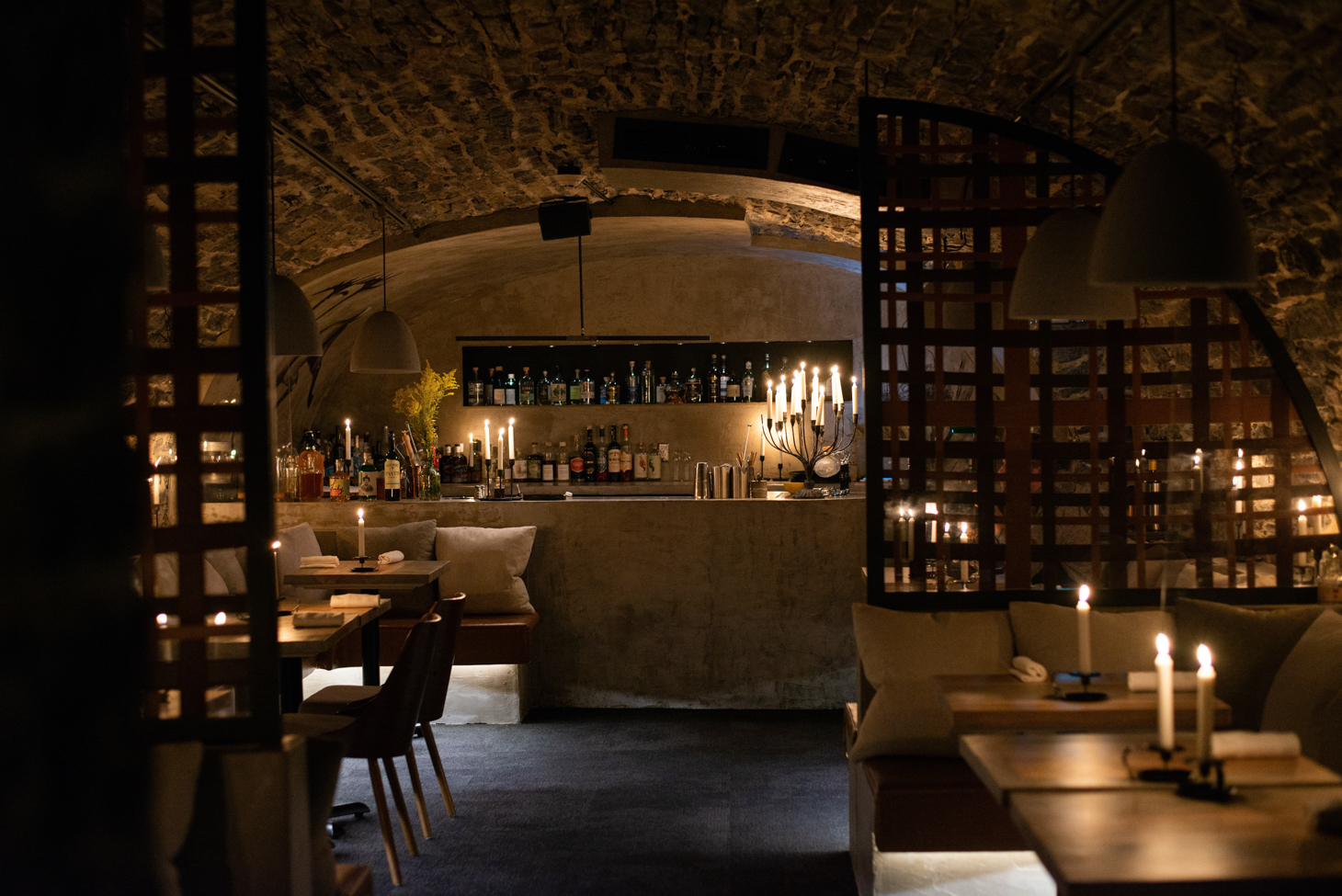
Drive east of Quebec City, and within minutes you’re deep in boreal forest. Just north of lofty Montmorency Falls and bucolic Île d’Orléans in the St. Lawrence River, the Jacques-Cartier Valley is redolent with flora that’s making it onto the plates of the city’s finest and most forward-thinking restaurants.
On a warm spring day, Alexis Lemay, the forager/bartender/chef at the multi-award-winning Tanière restaurant, points out a colossal chunk of chaga mushroom that can be infused into an antioxidant-rich tea. Lemay’s dad and granddad drink it every day. At Tanière, this infusion might make its way into a sauce or cocktail. Lemay also brews a tea from balsam fir, spruce, and fermented and dried fireweed, bringing together notes of citrus, menthol, and oolong.
“I do it to feed the restaurant,” he says of his foraging. He’s found roots that taste like parmesan cheese or cinnamon and picked poplar sprouts and leaves that—after being reduced in sugar—become an ingredient in a canelé. He points out yellow trout lily and coltsfoot, the first flower to bloom in this landscape just south of Jacques-Cartier National Park, and trees like cedar (Tanière makes a cedar jelly to serve with oysters) and birch (the restaurant taps for sap used as syrup).
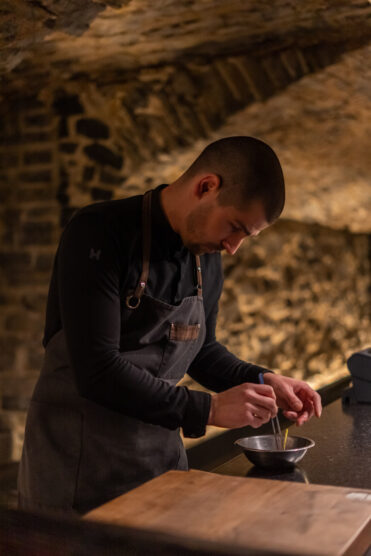
In late spring, a huge foraged batch of elderflowers will be infused in a cold simple syrup for 48 hours and then frozen so their peachy-tropical flavour can be used year-round. “We always have to think ahead—otherwise in the winter, we’ll just have carrots and onions,” says Tanière’s executive chef and co-owner, François-Emmanuel Nicol. He, Lemay, and the entire Tanière team often camp, forage, and cook rustic forms of what later appears in an innovative dish on the ever-changing 12-course tasting menu.
The restaurant has most recently added Relais & Châteaux membership to its many accolades. And Nicol was named Chef of the Year 2023 by the Lauriers de la Gastronomie Québécoise. He started using wild ingredients about six years after working in the South of France and wanted to do the same in his hometown amid the boreal forest. “For me, it’s important to develop the wild terroir of Québec. If we want a strong culinary identity, we have to dig into our own produce, not bring it from outside.”
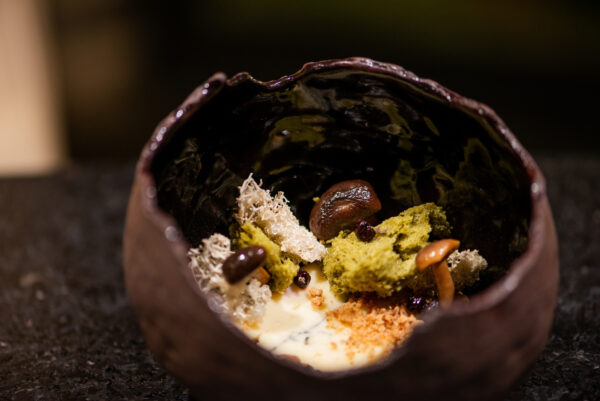
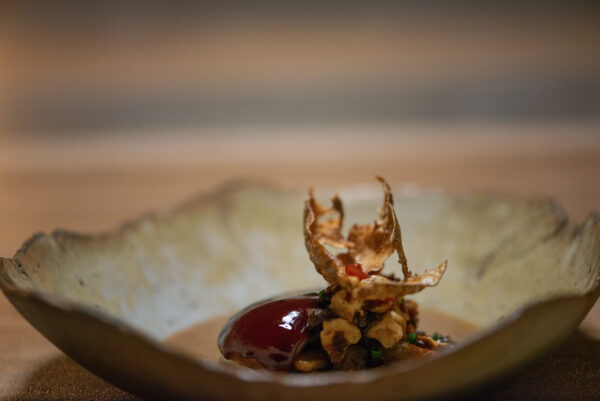
Boreal cuisine has become synonymous with Quebec City’s food scene. Tanière is just one restaurant that’s behind this food movement. At La Traite restaurant in Wendake, chef Marc de Passorio uses herbs traditionally used in the province, such as the minty, licorice-like, and lavender-looking agastache, or hyssop. Melba, a newer restaurant in the trendy hood of Saint-Sauveur, serves a seasonal, constantly changing menu that highlights local ingredients like fresh whelks and fiddleheads in the spring. The restaurant in Auberge Saint-Antoine (another Relais & Châteaux member) in Vieux Québec, offers haskap jam at brunch and a pithivier pie of root vegetables drizzled with juniper oil at dinner.
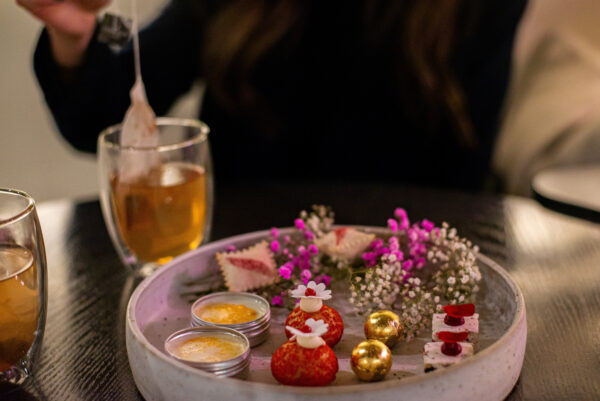

Beyond “feeding” the restaurants, as Lemay puts it, the boreal forest that surrounds the city has long been the pantry of the local Québecois and Indigenous Peoples. And the Île d’Orléans—just a few kilometres east of the city—is an agrarian haven of cultivated and artisanal products, from blackcurrant liqueur by Cassis Monna & Filles to jam by Confiturerie Tigidou. There are also farms, wineries, cheesemakers, craft brewers, chocolatiers, and cideries. At La Midinette, the sister eatery to the cassis distillery—part boulangerie (bakery) and part buvette (casual bistro/bar)—there’s fare that celebrates the local harvest, from pizzas for a beach picnic to tartes au sucre et cassis.
Back across the St. Lawrence River and amid the hills in the boreal forest in the Vallée de la Jacques-Cartier, the birds twitter, and the fledgling leaves rustle in the breeze. In spring, everything is coming alive, blooming and brimming with a latent energy that’ll soon be plated in the most inventive ways at Tanière. That coltsfoot becomes part of a crème fraîche, yellow trout lilies are served atop edible earth, and fragrant spruce shoots become a serving platter for Arctic char. It’s wild. As it should be—this is boreal cuisine.
